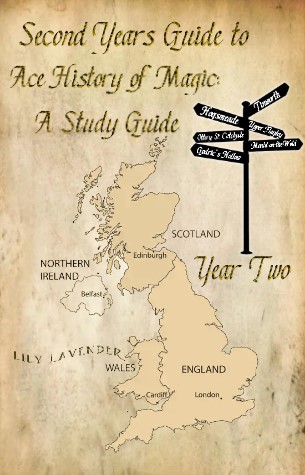Second Years Guide to Ace History of Magic: A Study Guide
By Lily Lavender
This book is intended for all who need a quick study reference guide for HOM-201. It has a glossary of terms & its appropriate meanings for the entire course. Each chapter is based on a lesson; where it won't go into grave detail, but will give you the necessary components to study for upcoming tests & assignments. This does not include mid-term & final exams. All detailed information about each topic is in your official lessons with the Professor. DO NOT COPY AS IT IS PLAGIARISM!
Last Updated
Feb. 9, 2023
Chapters
10
Reads
1565
Lesson Eight Study Guide
Chapter 9
The Wizards' Council & the Wizengamot
Before the witch hunts, wizards & Muggles alike knew the existence of magic. Muggles never intervened within the wizarding world, but the wizarding world always had a magical solution to everyday Muggle problems. In 990, the Wizards' Council was created to put magical laws into motion. In 1707, the council grew from ten wizards to one-hundred wizards. In 1450, Burdock Muldoon tried to define that beasts would not be allowed in their meetings. In 1526, the Wizengamot was created to inspect disagreements over magical property & magical accident payment damages. The Wizengamot is to bring justice & fairness to all & served fifty people. The head of the Wizengamot was called a chief, until it changed to Chief Warlock. Women served on the Wizengamot, but was never Chief Warlock until 1707.
The Ministry of Magic
Chieftainess Elfrida Clagg altered the definition of beasts to those who can speak in human language, but merpeople & centaurs backed out. Clagg also altered legislation for endangered species, officially recognized smaller-sized magical schools, & aided in arranging multiple Quidditch World Cups. In 1707, both the Wizards' Council & the Wizengamot merged into one government; the Ministry of Magic.



